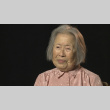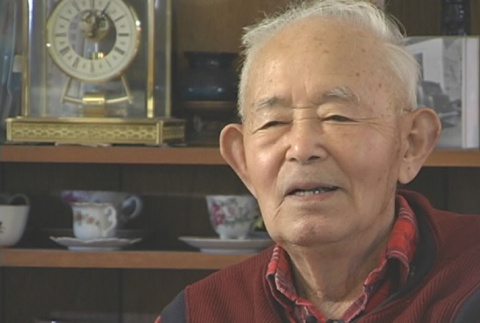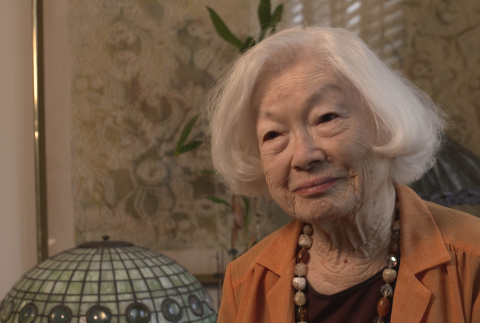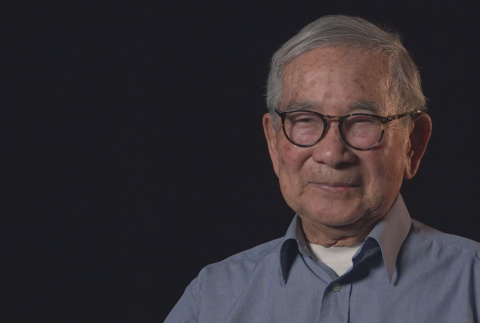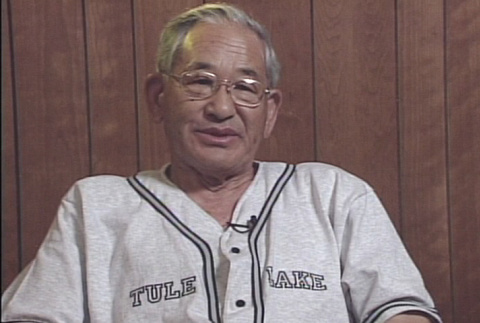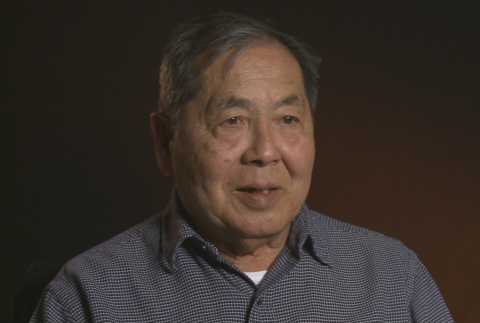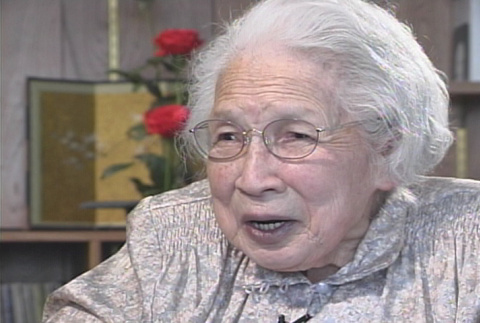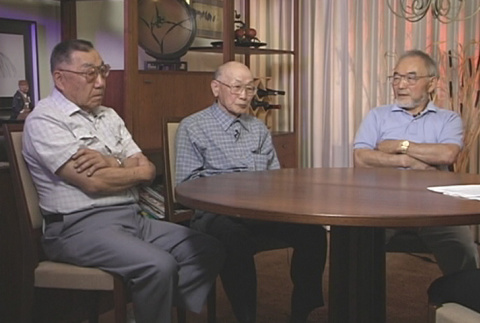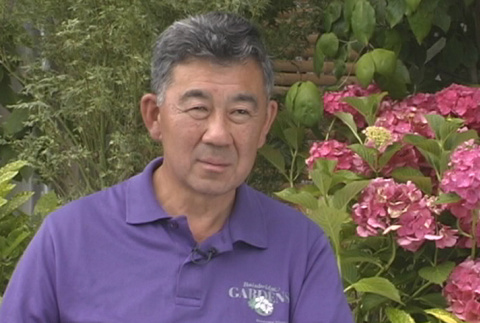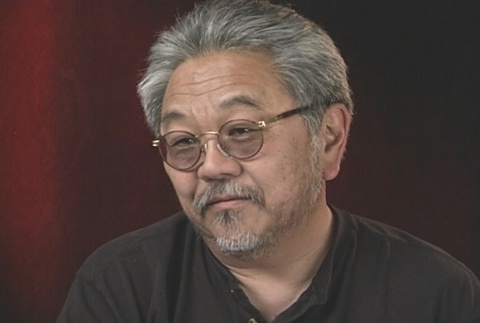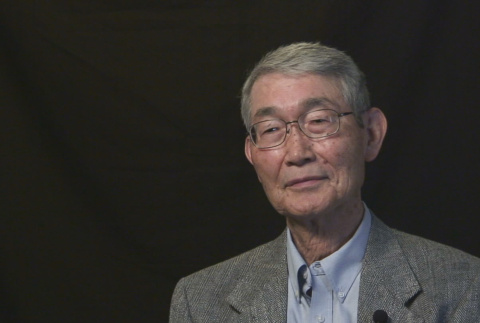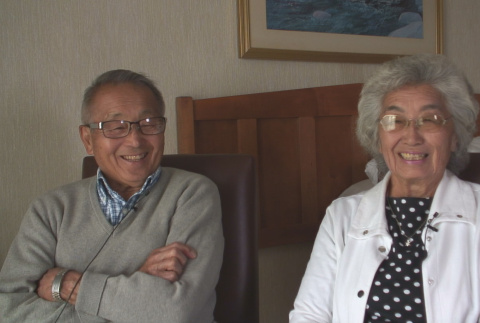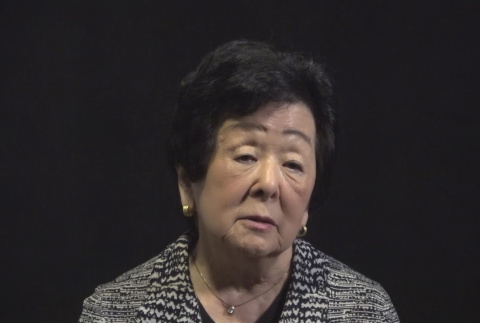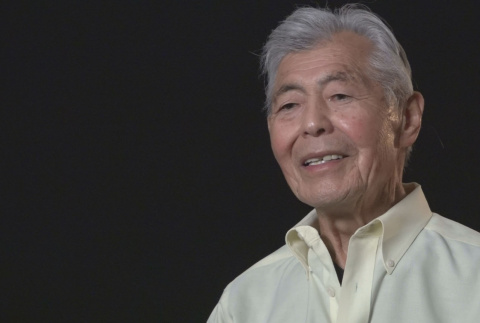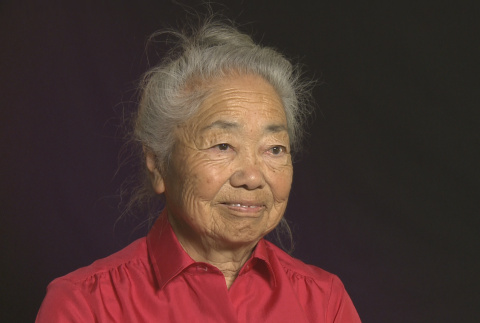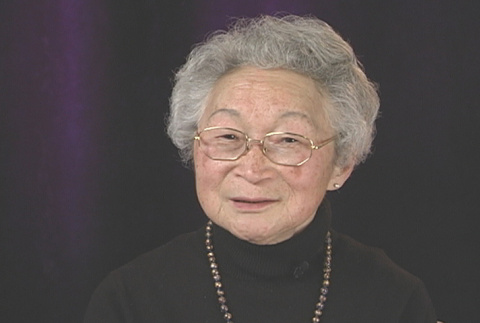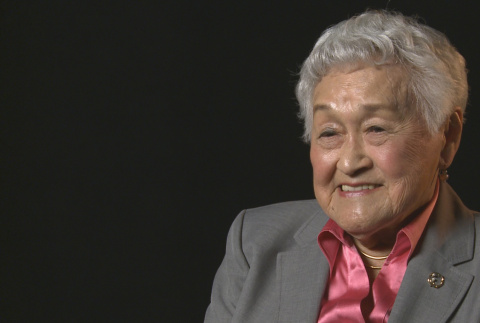Arrival
Labor contractors transported workers from Japan to work on Hawaiian sugar plantations. Many Japanese then emigrated to the mainland and worked for lumber companies, railroads, and canneries. In the early 1900s these immigrants began to establish families through the picture bride system (shashin-kekkon, literally "photograph marriage"). Immigrant bachelors sent photographs and information about themselves to go-betweens (baishakunin) who arranged meetings with the families in Japan. Marriage ceremonies took place in Japan (without bridegrooms), then the new brides traveled to the United States to join their husbands. Many arrived to discover that their husbands had misrepresented their appearances or situations.
Immigration and citizenship
(431)
Arrival
(199)
Related articles from the
Densho Encyclopedia :
Immigration
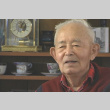
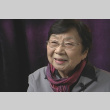

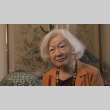
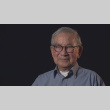

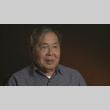
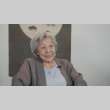

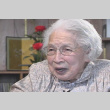
This interview was conducted in Japanese. The transcript is a translation of the original interview.
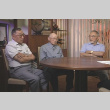
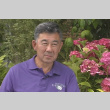
This interview was done outdoors in the Bainbridge Gardens Nursery which resulted in increased background noise and frequent interruptions by the business P.A. system.
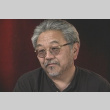
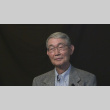
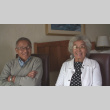

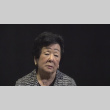
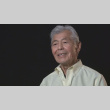

This material is based upon work assisted by a grant from the Department of the Interior, National Park Service. Any opinions, finding, and conclusions or recommendations expressed in this material are those of the author(s) and do not necessarily reflect the views of the Department of the Interior.
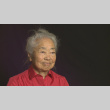

This material is based upon work assisted by a grant from the Department of the Interior, National Park Service. Any opinions, finding, and conclusions or recommendations expressed in this material are those of the author(s) and do not necessarily reflect the views of the Department of the Interior.
